The Significance of Water in Islam
Shadia Taha
In Sudan, where I grew up, the tradition is to leave two ceramic jars to keep the water cool along with cups outside the front door or gate. Offering water to the thirsty, especially in the extreme summer heat, is seen as a benevolent act. Water also plays a key role in Islam. It is necessary for cleansing and purification of all objects, from cleaning homes to personal possessions, to personal hygiene. It is the most treasured resource in Islam, where it is needed for Wudu, when Muslims wash 5 times a day before every prayer, paying most attention to their hands, mouth, nose, face, hair, ears and feet.
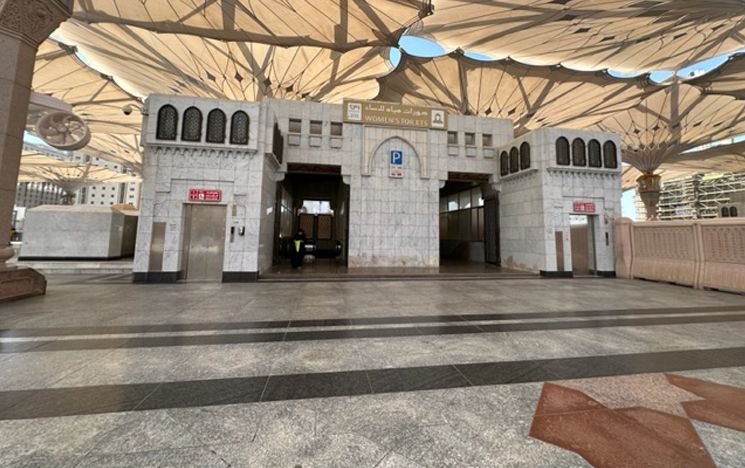
Figure 1a: Allocated areas for performing Wudu
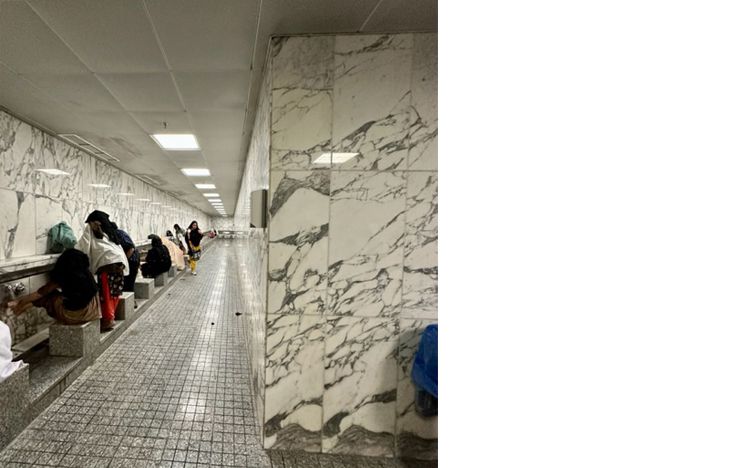
Figure 1b: Performing Wudu.
Ghusul, in Islam is essential cleansing that involves washing the entire body to be rid of impurities before being able to perform daily prayers. Ghusul is a crucial after sextual intercourse, women’s monthly cycle, 6 weeks after giving birth and for preparing the deceased before burial.
There is one body of water in particular that is more holy than any other, Zamzam water. As cited in the Quran, Prophet Ibrahim left his wife Hajir and baby son Isamail in Mecca when it was tremendously hot. Ismail was crying for water. His mother Hajir was running between the two hills of Saffa and Marwa looking for water while running back to check on the baby. On the seventh lap, she saw a spring flowing under the feet of baby Ismail. As the spring was flowing at a fast rate, she commanded it to stop flowing. Her command, ‘Zom Zom,’ - meaning stop flowing - is how the name of the well originated.
Initially, well was protected by the Prophet’s grandfather, Abd Al Mutalab Bin Hashim. Following this period, it was protected by Muslims Caliphs. During these times, water was drawn directly from the well, but as the number of Hajj and Umra pilgrims increased over the last few decades, and with it more requests for Zamzam water, the infrastructure was significantly changed. While under the protection of Al Saud, King Abdullah altered the process of maintaining the well and of distributing water to the two holy mosques (Haram Sharif Mecca and Haram Sharif Madina). He founded the King Abdullah Bin Abdul Aziz Zamzam Water Project in 2013 over $187 million.
This project saw water piped directly from the well, cooled, and taken to taps at the holy mosques. Some older pilgrims I talked to at the mosques in Mecca and Madina told me that they still remember seeing the well and recalled its impressiveness and special value to their ritualistic experiences. Now the water is distributed in small drinking bottles or in containers at the mosques and the well itself is now impossible to see. One of my interlocutors during the Umrah that I went on in August 2023 seemed disappointed: ‘When I visited in the 1980s, we could see Zamzam well. We bought Zamzam water from the people who lived within close proximity to the mosque.’
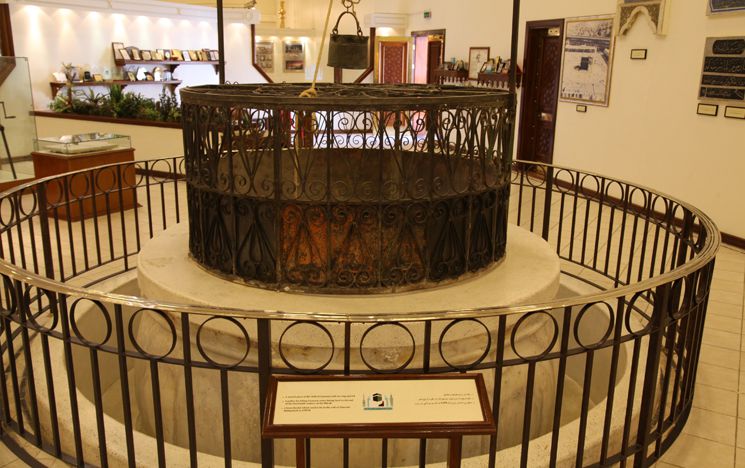
Figure 2: Image of Zamzam Well before King Abdullah Zamzam Water Project
Zamzam water is regarded as blessed and holy water, and one that can perform miracles. Muslims drink the water for protection, for blessing and for cure. It is used at weddings to bless the bride and groom, for mothers after giving birth, for babies and sick people. Some also use Zamzam water to spray over the kafan, shrouding the deceased in white textile before their burial. And others pour Zamzam water on the graves of their loved relatives.
The most essential rituals for Hajj or Umrah pilgrims are the performance of Twaf (circulating around the Kabba seven times in an anti-clockwise direction), and Sai (running between the Safa and Marwa hills) – similar to what Hajir did when she was looking for water for baby Ismail. After completing the two rituals, pilgrims are supposed to drink Zamzam water, as well as pour it on their heads and wash their hands.
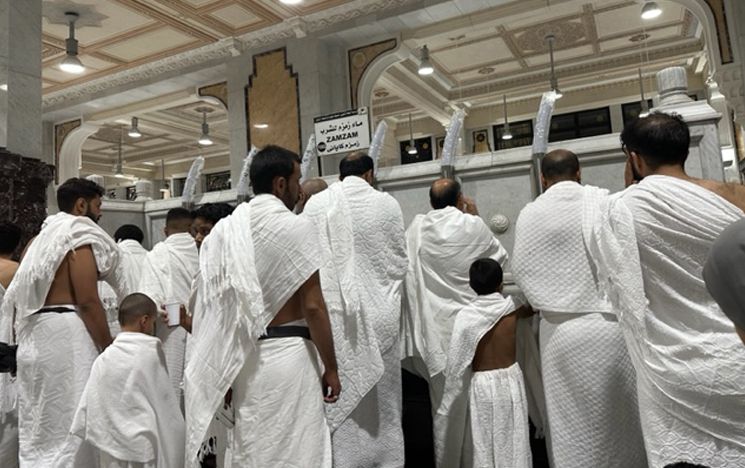
Figure 3: Blessing 3 with Zamzam water after the rituals.
Hajj is obligatory to all physically and financially able Muslims, and can only be conducted once a year, during the last month of the Islamic lunar calendar. Umrah is voluntary and could be performed at any time of the year. There is therefore an intensive demand for this Zamzam water at specific points of the lunar calendar. While at the holy mosque, an older woman told me that she has sick relatives at home, for whom she wanted to take Zamzam water. Several interlocutors from my pilgrim group from Birmingham as well as other worshipers I conversed with at the mosque echoed this desire.
In 2023, the Prophet’s mosque in Madina provided 400 tons of Zamzam water per day, employed 530 employees and supervisors to fill and distribute the containers to different parts of the mosque during the Hajj period.
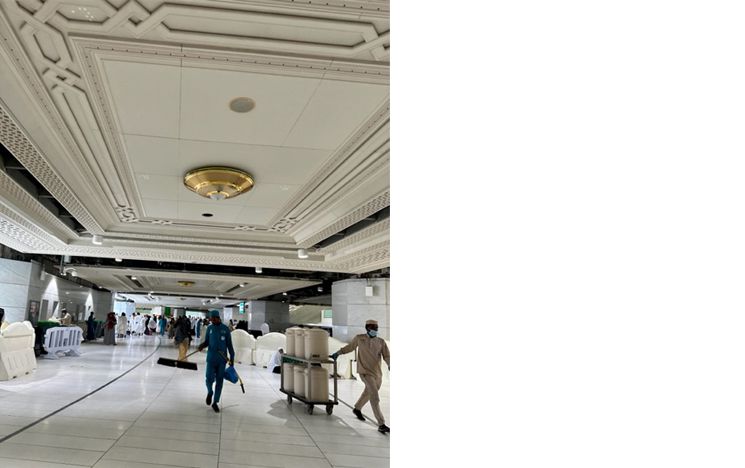
Figure 4: Distributing Zamzam water in different locations in the Mosque.
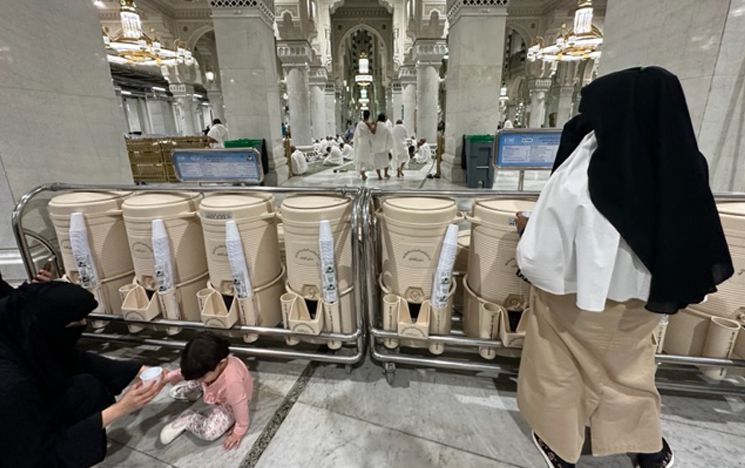
Figure 5: Zamzam water is available in multiple locations at the Mosque.
80,000 cold, single use Zamzam water bottles were distributed daily. I saw where they went, as both in Mecca and Madina, staff at the mosques were going round announcing that only limited airlines in Saudia Arabia were allowed to transport Zamzam water, and only directly from the departure terminal at Jeddah, Riyadh or Dammam airports. Accordingly, our Birmingham-based group leader for the Umrah told us not to purchase Zamzam water and take it to the airport as we will not be permitted to take it back home. Rather he advised us to print our Umrah permit or save a copy on our mobile requested by authorities for purchases for export.
When we got to Jeddah airport, we went to an adjacent building, and showed our Umrah permits to the officials. They provided us with five liters of Zamzam water, for which we were charged 10 Saudi Riyals.
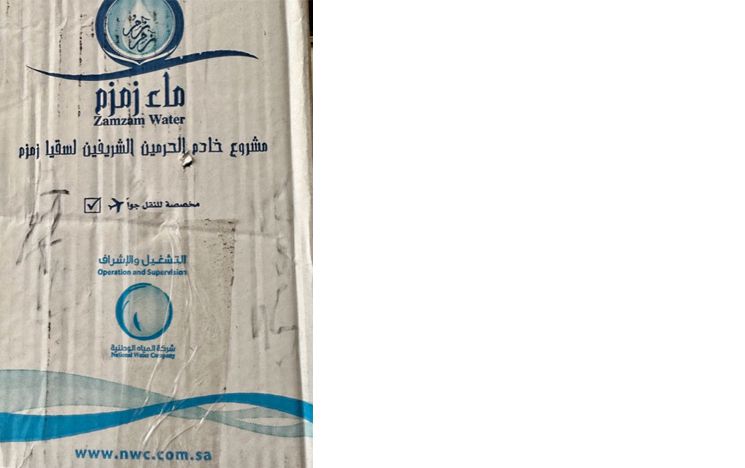
Figure 6: A new method for purchasing Zamzam water
The water was packaged in boxes and checked in with our luggage. Most Hajj visitors I met were not happy with the limitation of Zamzam water they could take home, some comparing it to their previous visits when there were no restrictions. One of my interlocutors informed me that, ‘Zamzam water is one of the most valuable presents they take back to relatives and friends,’ a point that was echoed by all worshipers I conversed with. Still, they were grateful for what little Zamzam water that was distributed when back in England as best they could. `Any drop of the Zamzam water was drenched with the power to spiritualise the rest of the water.'
Zamzam water was served in individual glass bottles for breaking the fast by The Ramadan Tent Project, Open Iftar at Aston Villa Park.
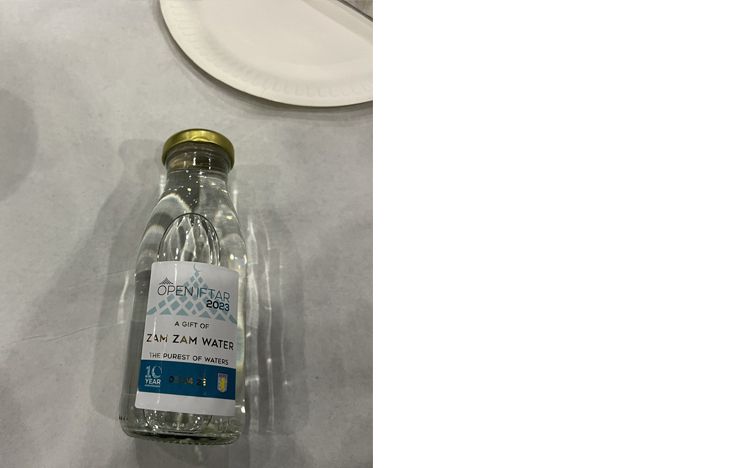
Figure 7: Glass bottled Zamzam water. Breaking the fast, The Tent Project